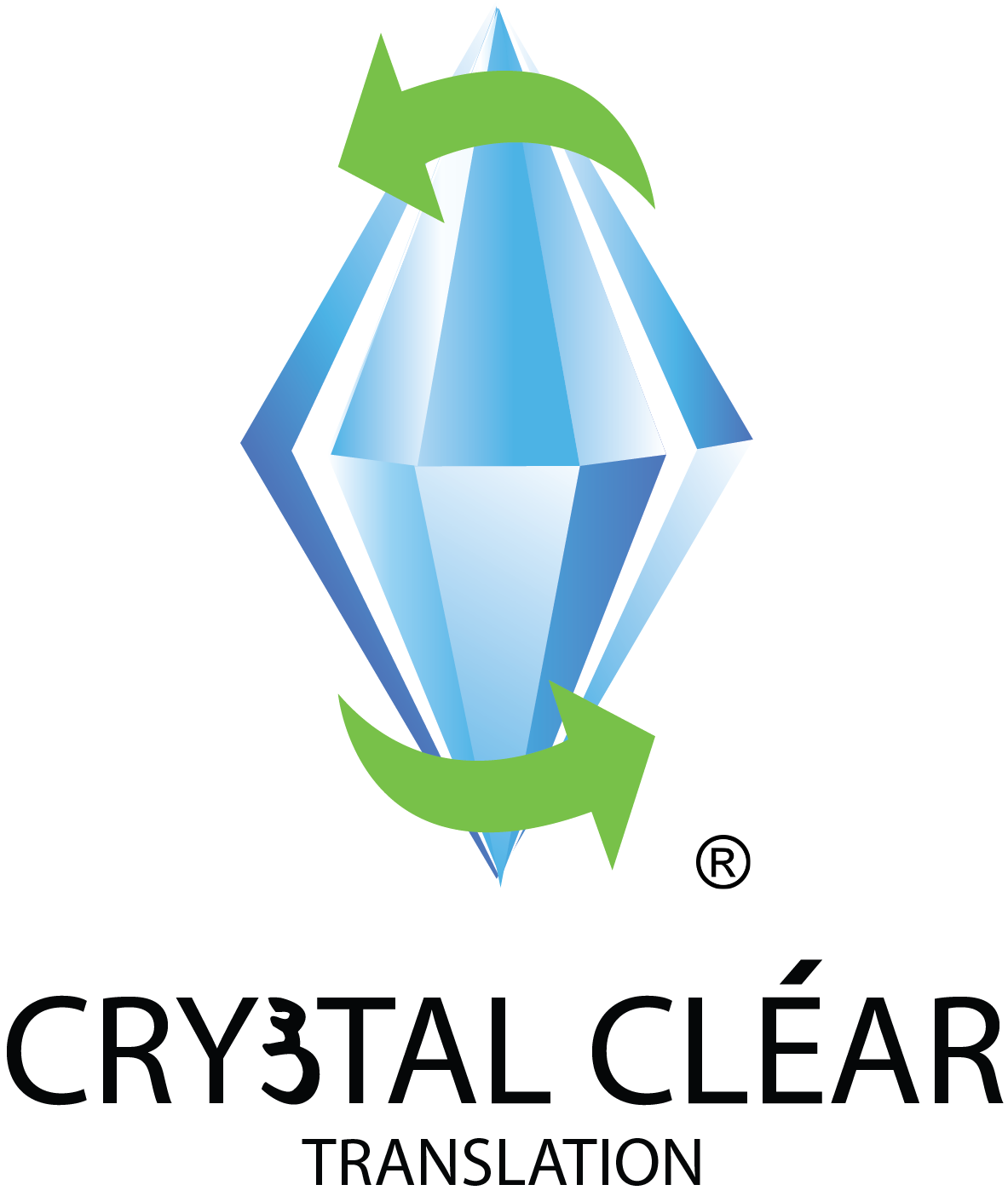
by Hammed Sonny | Feb 25, 2025 | Multilingualism, Uncategorised
Written By Phoebe Harrison
Though everyone has a different reason for learning another language, many people choose to do so for job purposes. This is not unsensible, as it is a universally acknowledged truth that having more than one language under the belt makes any CV ten times more attractive to potential employers, giving multilingual people that much-needed edge in a crowded job-hunting market. If you fall into the category of ‘bilingual people considering their job options’, then this list will hopefully enlighten you as to what choices you have, career-wise.
Translator
Perhaps the most obvious job on the list, working as a translator involves translating one written language into the other while retaining the meaning and tone of the original text. A diverse career, translation work can be found in across many sectors, such as marketing, science, and entertainment. Though a great deal of translation work is freelance, there are many positions that require more long-term contract-based roles, especially if working in localisation or legal circles.
Qualifications
Though officially a degree or equivalent certificate is not always required to be a translator (fluency and the ability to write in the target language is enough), having certain qualifications will increase your chances of finding work. Some common qualifications/degrees include:
- Modern Languages Degree
- Translation Studies or a Postgraduate Degree in Translation
- Business, Law, or Science Degrees alongside Languages
- CIOL Level 7 Diploma of Translation
If you have none of the above, it is still possible to gain relevant experience through volunteering translation services with organisations like Translators Without Borders, or simply providing a portfolio of any relevant past translation work.
Salary and Working Hours
If working as a freelance translator, your hours will be flexible and will largely suit you and your schedule, but it is necessary to be able to keep up with deadlines. Working as an in-house translator will normally entail a standard 9-5 workday.
Because of the nature of the job, translator salaries vary massively. Freelance rates are usually determined based on the word count of the translations provided as well as document type – more experienced freelancers will be able to set higher rates. Depending on your experience and what material you are translating as an ‘in house’ translator, you could be paid very well or a very basic fee – dealing with important documents (such as medical and legal items) or translating from ‘rarer’ languages will usually warrant higher rates of pay.
Interpreter
The ‘spoken’ side of translation, interpretation is the process of listening to, understanding, and memorising content in one language and then reproducing it in another. There are different types of interpreting jobs: conference, business, and public service. Though more consistent than written translation, the majority of interpreting roles are usually also freelance in nature.
Qualifications
Though having any proven experience of interpreting work is a bonus, most employers will prefer candidates with formal qualifications, as interpretation jobs often require industry specific knowledge – instruction in interpreting will often cover different areas, such as medical and legal translation. Some of the main interpreting degrees and diplomas include:
- Modern Languages Degree
- Postgraduate Interpreting/Translation Studies
- Diploma in Public Service Interpreting (DPSI)
Salary and Working Hours
As with translation, interpretation salaries and working hours vary depending on the content you are interpreting, the company you are working for, and your level of experience. Freelance hours are flexible and most ‘in house’ jobs will usually adhere to standard business hours, However, interpreting positions related to medical care or police procedures will often require the translator to be available on demand regardless of the hour.
Salary also changes depending on your status and experience – experienced freelancers can set higher rates that correspond with minutes spent interpreting. Working environments like large-scale conferences will often pay better, and the higher paying interpreting jobs are more readily available in the private sector and abroad.
Teacher (MFL or EFL)
A popular (and very stable) job choice amongst language graduates, teaching a foreign language from a secondary level onwards is a very rewarding job that pays comparatively well. Alternatively, you may also choose to teach English as a foreign language (EFL) while abroad in a country where your other language is spoken – there are many schemes that allow this, such as British Council and TEFL.
Qualifications
To work as a secondary school teacher in England and Wales, it is necessary to acquire Qualified Teacher Status (QTS) by completing Teacher Training – it is uncommon that a school will accept anyone without QTS. It is also obligatory to have a degree in Modern Languages or at least fluency, in some cases. The two main ways of acquiring teacher status are:
- Postgraduate Certificate in Education (PGCE)
- Salaried Teacher Training (Teach First, School Direct etc.)
Qualifications for working as a teacher abroad will vary depending on country but working via a British-led scheme will require either a degree in your chosen language or a certificate of different levels of fluency.
Salary and Working Hours
Newly qualified teachers will earn around £25, 714, which will rise in increments. Experienced teachers can move up in the role and increase their pay, with principal teacher and head teacher roles paying up to £100,000 per year.
Most teachers work 39 weeks a year with paid holidays. The average workday may vary slightly depending on the school, but general teaching hours range from 8:30am to 3:30/4:00 pm. It is worth noting that most teachers stay behind after teaching is finished to complete other duties such as marking work or syllabus preparation.
Consultant
A role taking many different forms, consultants are required to offer advice and expertise to organisations to help them improve their overall performance in terms of management, profitability, strategy, and operations. As most large businesses operate with the international market in mind, potential employees with a knowledge of foreign languages and cultures are seen as an important asset to have.
Qualifications
Most consultancy careers are only open to graduates (of any subject), but school leavers with proven prior experience in business may also often be eligible. Though many types of work experience are attractive, having prior involvement in internships or business courses is a bonus for anyone considering a career in consultancy – for linguists, any occasion of having worked abroad in any company will look particularly promising.
Salary and Working Hours
Depending on your position of seniority, consultants can end up earning more than £120,000 annually with high-end roles, but an average junior salary is between £25-30,000.
Consultant working hours can often be long and demanding, regularly moving outside of the standard 9-5 rota – these hours will often change depending on which project you are working on.
Humanitarian/Aid Worker
A challenging but rewarding endeavour, having knowledge of a foreign language may make you an ideal candidate for humanitarian work. Because many humanitarian organisations work on an international scale, recruiters actively seek out those with the ability to speak the languages of countries that are in need.
Qualifications
Degrees are not obligatory, but are preferred, particularly in anything relating to international development. Employers in international aid and development also value prior relevant work experience which can include volunteering with charities, fundraising, and marketing. From a language viewpoint, there are many organisations, such as Translators Without Borders, who are ideal for language-related volunteer work in this sector.
Salary and Working Hours
Typical starter salaries with UK-based NGOs start around £18-25,000 per year depending on location and experience. Overseas positions will pay slightly higher, ranging from £21-37,000 a year, with salary dependent on specific responsibilities and base country.
Working hours for overseas positions are impossible to predict, especially when working in response to emergencies. More business-related roles based in the UK will most likely adhere to general 9-5 working hours.
Marketing/PR
A hugely diverse industry, working in marketing or public relations means co-ordinating promotional campaigns and strategies to help sell company products and services, as well as engaging with the public to improve the company’s image and reputation. Because multilingual people and language graduates in general are likely to have an interest or at least, an awareness, of foreign markets and cultures, many organisations actively seek these groups out in order to help orchestrate business on an international scale in helping to organise foreign business campaigns.
Qualifications
As with most large corporations, employment opportunities are open to anyone with a degree or prior relevant experience, in some cases. However, it is useful to have some knowledge or involvement in advertising, communications, or design.
Salary and Working Hours
The starting salary for most marketing related jobs is around £18-25,000 per year depending on experience. After gaining more experience it is possible to move to a more senior role, with pay ranging from anywhere between £40 – 100,000 per year, the latter figure being common amongst those in director roles.
Typical working hours are 9-5 from Monday to Friday, though it is highly likely that employees will be required to work some evenings or weekends when organising events or high-scale marketing campaigns.
Concluding Thoughts
This list provides a general glimpse at the opportunities available to anyone with knowledge of a foreign language, but there is a plethora of other roles out there that will benefit from the skills gained by learning another language, such as cultural sensitivity, communication skills, and an eye for accuracy and detail.
If you or anyone you know requires translation or interpretation services in any language, visit us here at Crystal Clear Translation for a quote.
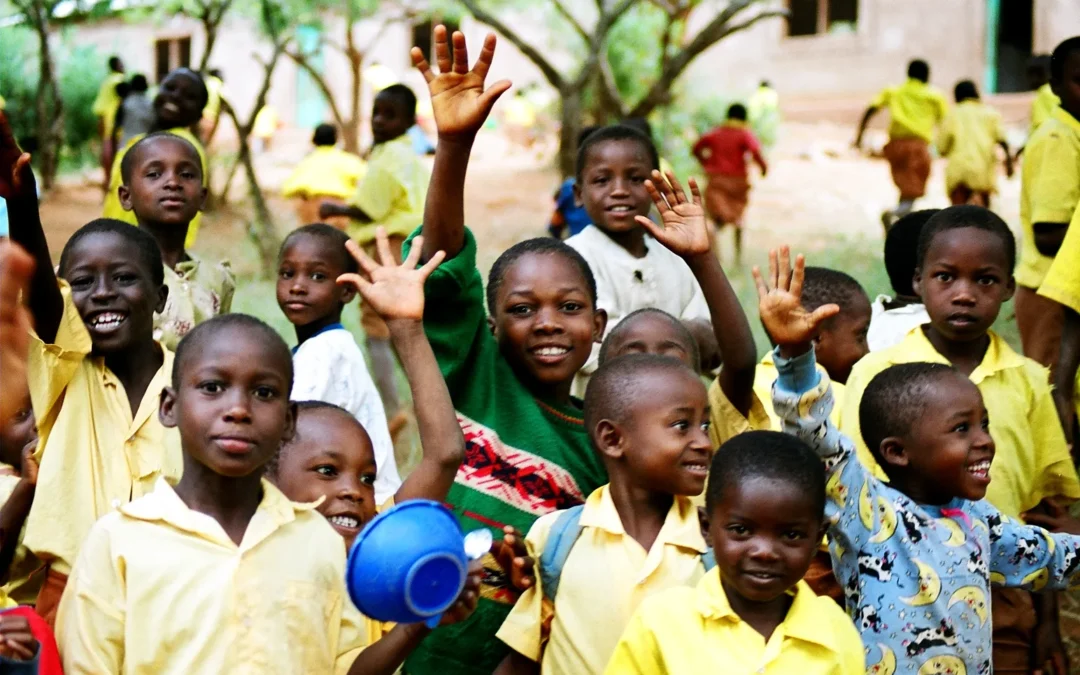
by Hammed Sonny | Dec 17, 2024 | Africa
Swahili is an extremely extensive language, in order to understand it further, we have put together a guide to aid your understanding.
Swahili is a language native to the Swahili people and part of the Bantu language family.
Where is Swahili spoken?
Spanning across a vast string of regions, Swahili has official language status within Kenya and Tanzania. In addition, it is widely spoken within Uganda, and the Democratic Republic of Congo and serves as a national language. The influence of this language extends even further with Burundi, Rwanda, Mozambique, Northern Zambia and Malawi having speakers in smaller proportions.
How many people speak Swahili?
It is estimated that between 50-150 million people speak the language either as a native tongue or a second language. The exact number is not known, it varies greatly and is a matter of debate.
People who speak Swahili as their soul language are known as Waswahili people.
Swahili Origins
Research has found that approximately 20% of the Swahili language consists of loan words. Many these are taken from Arabic, and interestingly enough the name ‘Swahili’ is in fact Arabic in itself. It first came about as a language used by Bantu tribes and from then on it spread and evolved throughout many east African regions.
It’s not just Arabic that Swahili is influenced by it has been discovered that dialects such as Malay, Portuguese and Persian also have influence.
The main Swahili dialects
There are 15 dialects within the language, however only 3 of these are considered main dialects. They vary based upon region. Standard Swahili is based upon Kiunguja .
Kiunguja- Spoken in mainland Tanzania and Zanzibar.
Kimvita- Spoken in Kenya and Mombasa.
Kiamu- Spoken on the island of Lamu and surrounding areas.
Day to day uses
Dependent on where you find yourself, the uses of Swahili differ. For instance, places such as Kenya, Tanzania and Congo use the language for business and administration purposes- meaning that it is considered a working language. It is important to note that many of these regions also used Swahili along with English and French in educational settings.
Some interesting facts about the Swahili language
- It is thought that Swahili is the easiest African language for English speakers to learn- this is because like English, Swahili is a language without lexical tone.
- There is a hybrid English/Swahili dialect called ‘Sheng’- it originated within Nairobi amongst youths.
- The first Swahili script dates back to the 17th
Final Thoughts
We have discovered that Swahili has a rich cultural history, which spans across multiple regions. It was first introduced as a trade language and later evolved into an extremely widely spoken language throughout many regions of Africa. Although, we cannot be sure of the exact number of speakers, we can be certain that it will continue to evolve, and it will be kept rife by its ample speakers.
Do you require our services?
Should you require a translation or interpretation services, visit Crystal Clear Translation for a quote.
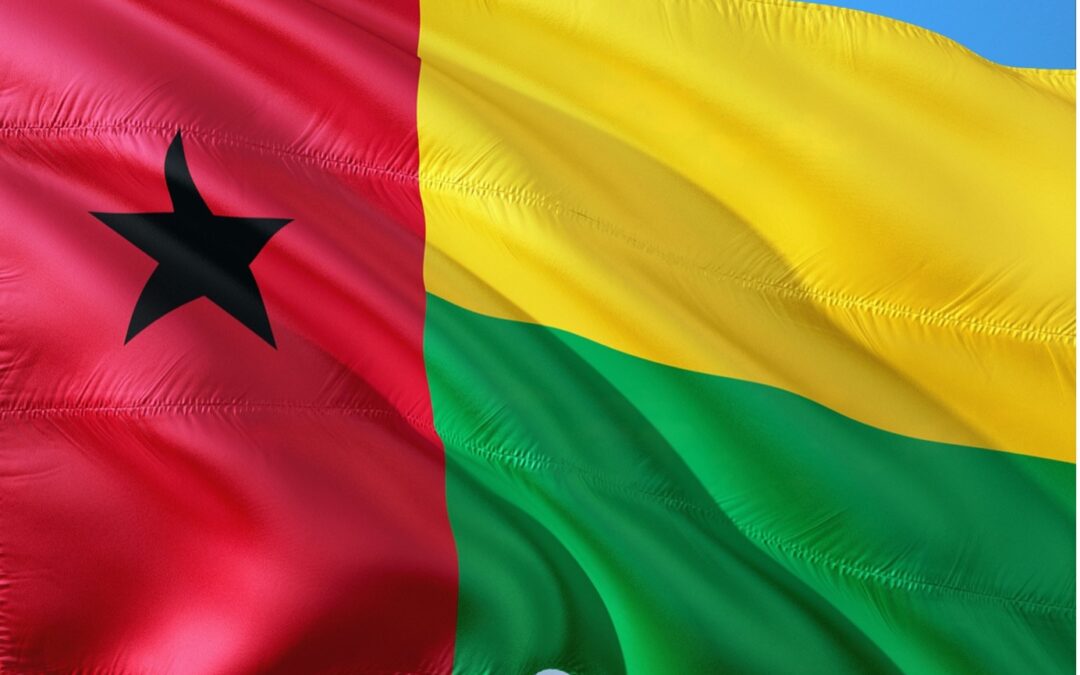
by Hammed Sonny | Dec 11, 2024 | Africa
Do You Know the Top 7 Languages Spoken in Guinea-Bissau?
Laying near the coast of West Africa, Guinea-Bissau is a country of rich cultural history. From the Portuguese colonisation in the 15th century to gaining their independent status in the early 1970’s, the country is home to a rich tapestry of historical events, which have aided in the development of the region.
With a population of around 1.9 million, Guinea-Bissau natives speak an assortment of languages and varying dialects, but what if the official language? What other languages are spoken? We will look at the linguistic diversity present in Guinea-Bissau and the top 7 spoken languages throughout the West African country.
Portuguese
The official language of Guinea-Bissau is Portuguese. The Portuguese language was dominant in the country during Portugal’s occupation of Guinea-Bissau, which ended in 1973 when the country unilaterally declared its independence, and after the 1974 Carnation Revolution which overthrew the Estado Novo regime in Portugal. Despite these events, the Portuguese language has remained the official language of Guinea-Bissau, although it is spoken by 167,000 people, a much smaller proportion of speakers than other languages in the country.
As well as Guinea-Bissau, Angola and Mozambique are two other African countries within which Portuguese is an official language. These countries are known as Lusophone countries and are part of the Community of Portuguese Language Countries (CPLP), an international organisation of countries, made up of nine member states, where Portuguese is the official language. The organisation also includes Brazil. Portugal, Cape Verde, Equatorial Guinea, São Tomé and Príncipe, and Timor-Leste.
Guinea-Bissau Creole
Guinea-Bissau Creole is a Creole language based on Portuguese. Despite not being an official language, it is in fact the most spoken language- making it the lingua franca of the country. Sometimes known as Crioulo or Kiriol, the highly popular language is spoken as a first language by 15% of the Guinea-Bissau population. Increasingly more people are known to have adopted it as a second language, with statistics showing us that approximately 50% of the entire population are fluent in the tongue.
Guinea-Bissau Creole is known to be used widely throughout many official settings, including political and business sectors. As well, the strong social status of the language means it is utilised heavily in the media and more informal settings like shops.
Balanta-Kentohe
Balanta-Kentohe is one of the most widely spoken indigenous languages in Guinea-Bissau. In total, the language is spoken by 354,000 people, who account for 26% of the country’s population. Balanta-Kentohe is one of two languages that constitute the Balanta language, the other being Balanta-Ganja, which is spoken primarily in Gambia and Senegal.The Balanta-Kentohe language is spoken by the Balanta people, who make up 30% of Guinea-Bissau’s population.
There are two dialects of Balanta-Kentohe: Nhacra (also known as Fora) and Kantohe (also known as Kentohe, Queuthoe). The Nhacra dialect of the Balanta-Kentohe language is spoken in the Oio region, located in northern Guinea-Bissau, whereas the Kantohe dialect is spoken in south-eastern and southern Guinea-Bissau, such as in the Tombali region.
Manjak
Manjak, also known as Mandjak, Manjaco or Njak, is one of the Bak languages, which are spoken primarily in Senegal and Guinea-Bissau. It is part of the West Atlantic language group, a West African subgroup of the Niger-Congo language family, which, for instance, also features the Wolof and Fula languages. In Senegal and Guinea-Bissau, there are 215,000 Manjak speakers, and an estimated 356,800 Manjak speakers globally. In Guinea-Bissau, the Manjak language is spoken by 12% of the country’s population. Most of the speakers of Manjak in the country are part of the Manjak people. This ethnic group lives mainly in Guinea-Bissau, but also in Senegal, Gambia, as well as Portugal. The Manjak comprise 14% of the country’s total population. There are several dialects of the Manjak language such as Bok, Likes-Utsia, Cur, Lund, and Yu.
Fula
Making up part of the Niger-Congo web of languages, Fula is classified as the native tongue of the Fulani people in Africa. The language is not exclusive to Guinea-Bissau, with its widespread use across western and central Africa- it is prevalent within about 20 different countries. Fula is often used in more informal settings as a pose to official settings. There is no official status for the language in the country, but it is still richly spoken within the Fulani community. Within Guinea-Bissau, approximately 16% of the total population speak Fula as their first language- this accounts for an estimated 516,000 people.
Mandinka
Mandinka (also known as Mandingo) is a language spoken by the Mandinka (or Malinke) people; an ethnic group spread across West Africa who are descended from the Mali Empire. Mandinka is one of the Mande languages, which are spoken on the west coast. In Guinea-Bissau, Mandinka is spoken primarily in the north of the country and by around 154,000 people (approximately 7% the overall population), also being widely used in the Casamance region of Senegal and The Gambia, with some variants in Burkina Faso, the Ivory Coast, and Mali, numbering 1.3 million speakers worldwide as of 2016. Mandinka is a tonal language, meaning that shifts in spoken pitch indicate and distinguish grammatical and lexical meaning. Mandinka has two of these tones – either ‘high’ or ‘low’ – and uses no ‘nasal’ vowels. In terms of a writing system, the Mandinka language has three; Latin, Arabic, and N’ko. Whilst the Latin writing system and alphabet are ‘official’, the Arabic alphabet is also very widely used. In the former system, the letters v, x, z, and q are not used (the letter g is also rare) and any long vowels are written as doubled; aa, oo, ii, ee, uu. The third writing system, N’Ko, was developed by Solomana Kante in 1949 to serve as a script for all Manding languages (languages within the Mande family) in West Africa. N’Ko means I say in all Manding languages and shares some similarities with Arabic in that it is written from right to left, with letters joined at the base. In Guinea-Bissau, it is mostly used in the north-east of the country and the bordering regions in the Ivory Coast and Mali. For those curious, here are some everyday expressions in Mandinka:
I ni ke / I ni wale – Hello
Abaraka – Thank you/Blessings
Fowati koten – Goodbye
Ibe Nyaadi – How are you?
Mbe karaito – I am fine
Ntomu (name) leti – My name is…
Dasamo – breakfast
Kontongo – lunch
Simango – dinner
Papel
Also known as Pepel, Papei, Oium, or Moium, Papel is spoken by the people of the same name who live mostly in the central coastal regions of Guinea-Bissau. Papel belongs to the Bak language family, a group of languages spoken mostly in the Guinea-Bissau – Senegal region and is linguistically similar to Mankanya and Mandjak. Having 140,000 speakers globally (as of 2006), Papel is used by around 3% of Guinea-Bissau’s population. 79,000 of these speakers live in the Bissau Island region – the country’s capital – with the country’s former president João Bernardo Vieira as a member of this group. In the Bissau area, the use of Papel can be separated into two separate dialects – Biombo in the southwest of the area, and Safim in the northeast. Papel is a non-tonal language and uses a Latin – based script.
In conclusion
Despite its relatively small size, Guinea-Bissau is home to a diverse group of languages of various origins, representing multiple ethnic groups and demonstrating the (often overlooked) rich cultural and linguistic history and reality of Africa. If you require interpretation or translation of any of these languages (particularly Portuguese) or any other language-based services, visit Crystal Clear Translation for a quote to find out more.
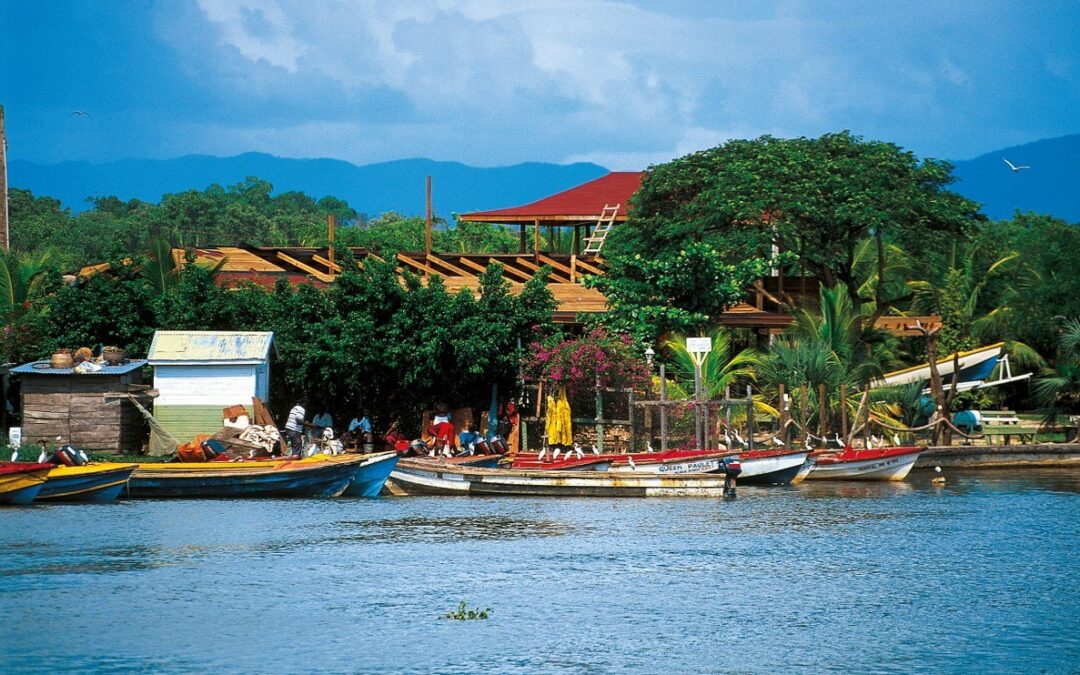
by Hammed Sonny | Nov 28, 2024 | Carribean
The island country of Jamaica lays amid the Caribbean Sea. With a long-standing history and fascinating background, Jamaica has become a highly sought-after holiday destination and talking point for many.
With a population of 2.73 million, Jamaica is a highly populated country- but what languages are spoken throughout the vibrant region? What is the official dialect for Jamaican citizens?
Jamaica is deemed as a bilingual country, with the languages spoken to this day reflecting on its history, such as British colonisation. Each language spoken pays homage to the rich cultural diversity it beholds.
Jamaican English
Jamaican English is the country’s official language. With a strong influence from British English, the Jamaican variation shares ample similarities. After the British colonisation period, English speaking became the norm and remains intact to this day. Figures show us that the language is only spoken by 50,000 Jamaicans; speaking of Jamaican English is typically associated with high social class and extensive achievement.
The dialect is commonly used in formal settings such as the media and the government.
Jamaican Patois
The most spoken language throughout Jamaica, Jamaican Patois is sometimes also known as Jamaican Creole. The language is a form of English creole which derived during the slave trade. The language evolved when slaves combined their native languages with English- resulting in a new dialect. Patois became particularly prevalent after Jamaican independence and was considered a symbol of heritage and culture.
Interestingly, Jamaican Patois is a spoken language as a pose to a written one. The language is often expressed in a rhythmic way which explains its strong affiliation with reggae music. Patois is often the first language of Jamaican natives until they become exposed to English when entering educational settings. This explains why Jamaica is considered a bilingual country.
Immigrant languages
Jamaica is known for being home to large number of immigrant populations. Some of the area’s migrants arrive from include Europe, North America, and Asia. This means a combination of foreign languages are rife in the country, including Chinese, Arabic and Spanish.
The Arawakan Language
Arawakan is the only native language that is not endangered in Jamaica. The Tanio people are a minute population of Aboriginal people known to speak to language. Arawakan has actually been known to have influenced Jamaican Patois.
Final thoughts
It is clear that Jamaica is a country with a long history. Its languages spoken today have been strongly influenced by its history involving Britain. Creole in particular pays a vital part in the daily living of Jamaican people, acting as the main language for the majority of the population.
Should you require a Jamaican Patois interpreter or translator, visit Crystal Clear Translation for a quote.
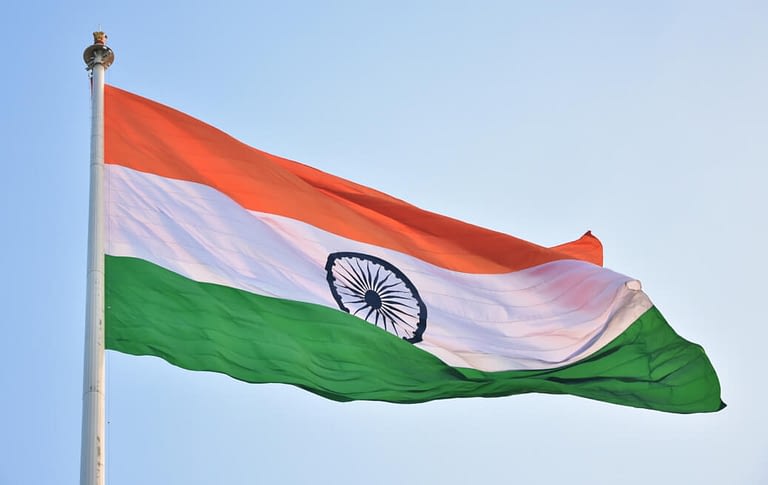
by Hammed Sonny | Nov 19, 2024 | Asia
Gujarati is an incredibly fascinating language. Part of the Indo-Aryan language family, it harbours close connections to Punjabi and Hindi. Gujarati is spoken by as many as 45.7 million people in India alone, making it one of the most spoken first languages of the region. When we factor in speakers from other countries, Gujarati speakers account for 46.6 million of the population.
Similar to other Indo-Aryan dialects, Gujarati derives from Sanskrit and Prakrit, two ancient languages spoken in India up until 13th century AD.
Where is Gujarati spoken besides India?
Gujarati is richly spoken in many places outside of India. These regions include Bangladesh, Fiji, Kenya, Malawi, Pakistan, South Africa, United Kingdom and USA, to name a few.
Status
Guajarati is one of 22 languages with official status in India. Particularly within the state of Gujarat, the majority of people communicate daily in the language. It is a widely celebrated and spoken language throughout Indian communities all across the world. Many migrants from India who have relocated still use it solely as their first language. In fact, it is one of the most spoken foreign languages in London and Birmingham.
Dialects
There are several varying dialects spoken within the Gujarati language web. Most of these are based on location and will change based on the region you are in. These include:
- East African Gujarati
- Standard Gujarati (including the varieties spoken in Mumbai and Ahmedabad, the capital of Gujarat)
- Surati
- Kathiyawadi
- Kharwa
- Khakari
- Tarimukhi
Many dialects borrow loanwords from Portuguese, Persian and Arabic.
Final thoughts
Gujarati is a highly popular language in many other countries other than India. The development of the language since its early days is extremely fascinating. The language remains rife all across the world within Indian and Gujarat communities. The growing number of migrants may call for interpreters and translators in various different scenarios.
Should you require a Gujarati interpreter or translator, visit Crystal Clear Translation for a quote.

